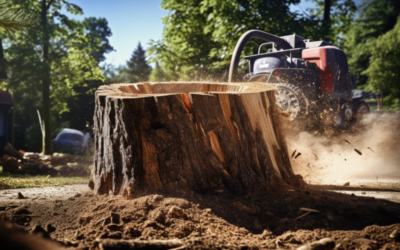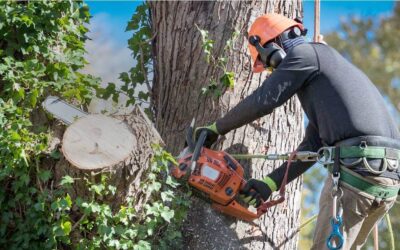Cities and towns have long been places where land management is limited to parks and other public spaces, if not overlooked entirely. But as the impact of urbanization on climate and air quality became more evident and energy-saving measures gain importance, the role that healthy trees play in our cities has become better recognized. This has given new prominence to the role of urban forestry, not only in public places, but on private land, as well.
What is Urban Forestry?
Forestry conjures images of overseeing vast areas chock-full of trees. But in urban areas, the practice can reach down to the care and management of a single tree in a homeowner’s yard. That one tree, along with its neighbors, is part of the aggregate of all the trees in the city, and that number can run into the millions in a large urban area. Urban forestry looks at the larger picture of how those trees act as a functioning area of forestation and how to promote its benefits.
How is Urban Forestry Practiced?
Urban forestry looks at the dynamics of how a city’s tree population interacts with its environment. It includes the trees’ biochemical cycles, their gas exchange, how they interact with one another and how they interact with the humans they share space with. It involves the selection, planting, and maintenance of those trees with an eye toward combining aesthetics with benefits.
Who is Involved in Urban Forestry?
Urban forestry is practiced by municipalities, urban planners, utilities, and developers, often in consultation with arborists, educators, environmental policymakers, and community organizations. Even individual property owners who maintain the trees in their landscapes are part of the urban forestry team.
What Are the Benefits of Urban Forestry?
By understanding the roles that trees play in an urban setting and increasing public awareness, arborists can aid in the selection of beneficial species, their locations, and their maintenance. This results in a tree population that improves air quality and reduces energy and water consumption while adding aesthetic enjoyment and increasing property values.
What Are the Challenges of Urban Forestry?
As cities grow and density increases, loss of growing space presents a serious issue for urban forestry. Improper planting techniques can lead to poor soil preparation and lack of space for root systems to grow. Lack of knowledge can result in the choice of poor quality nursery stock or tree species that are unsuitable for a location due to environmental tolerance or improper size and growth rates. Poor tree selection can also result in a lack of genetic diversity and susceptibility to pests and disease.
Donovan Arborists and Denver Urban Forestry
Landscape trees are an important investment and can add considerable value to both residential and commercial property. If you need a helping hand, Donovan Arborists offers planting, pruning, and shearing services as well as a complete landscape maintenance package for property in the Denver area that includes care of trees, shrubs and turf.
We’re committed to maintaining and protecting Colorado’s natural beauty and health in accordance with the best practices of urban forestry. We use environmentally friendly practices and a holistic approach, focusing on the greater picture of the tree, its surroundings, soil, water, climate and light exposure to create optimal outdoor environments for your plants to thrive.



